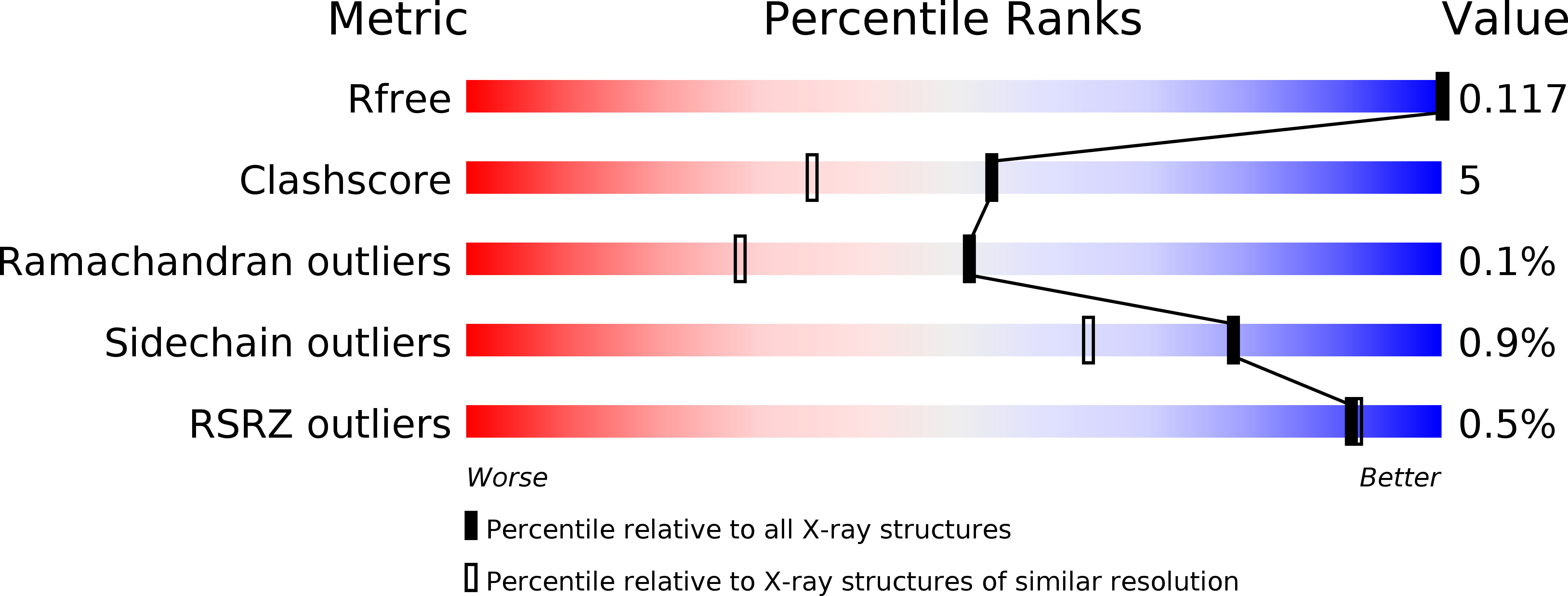
Deposition Date
2016-11-18
Release Date
2017-04-19
Last Version Date
2024-01-17
Entry Detail
PDB ID:
5MFS
Keywords:
Title:
The crystal structure of E. coli Aminopeptidase N in complex with 7-amino-4-phenyl-5,7,8,9-tetrahydrobenzocyclohepten-6-one
Biological Source:
Source Organism:
Escherichia coli (Taxon ID: 83333)
Host Organism:
Method Details:
Experimental Method:
Resolution:
1.57 Å
R-Value Free:
0.13
R-Value Work:
0.11
R-Value Observed:
0.11
Space Group:
P 31 2 1


